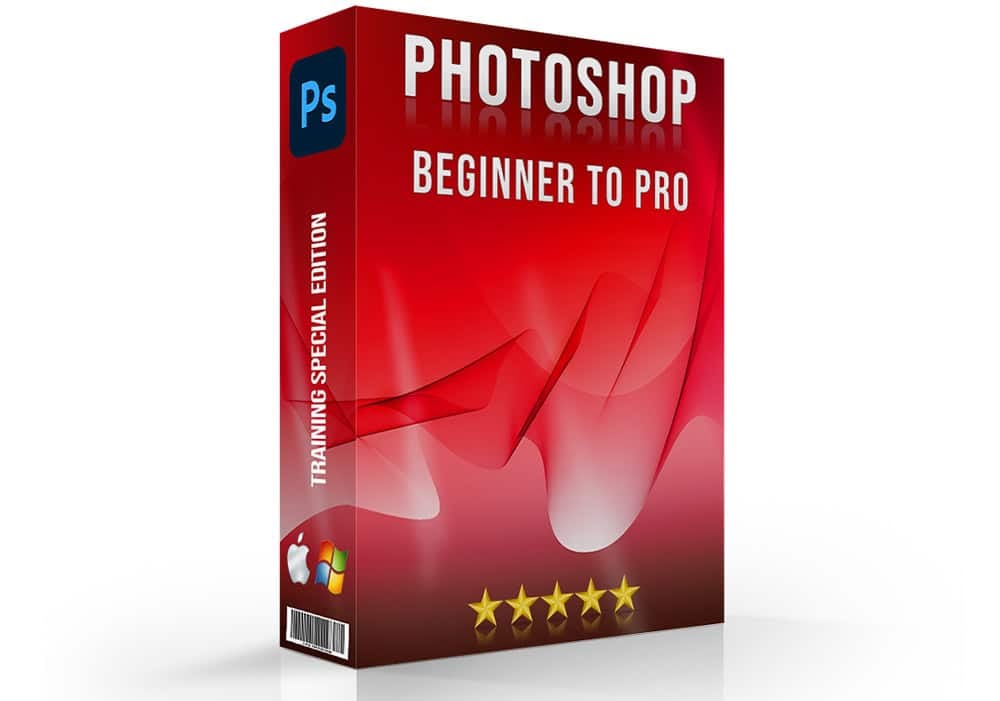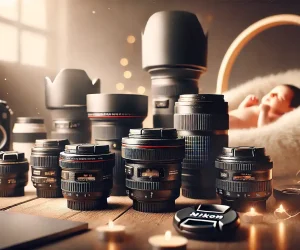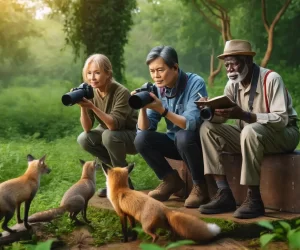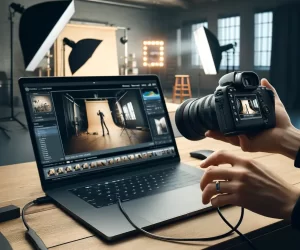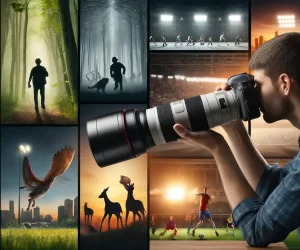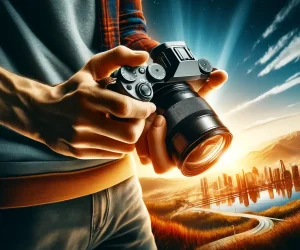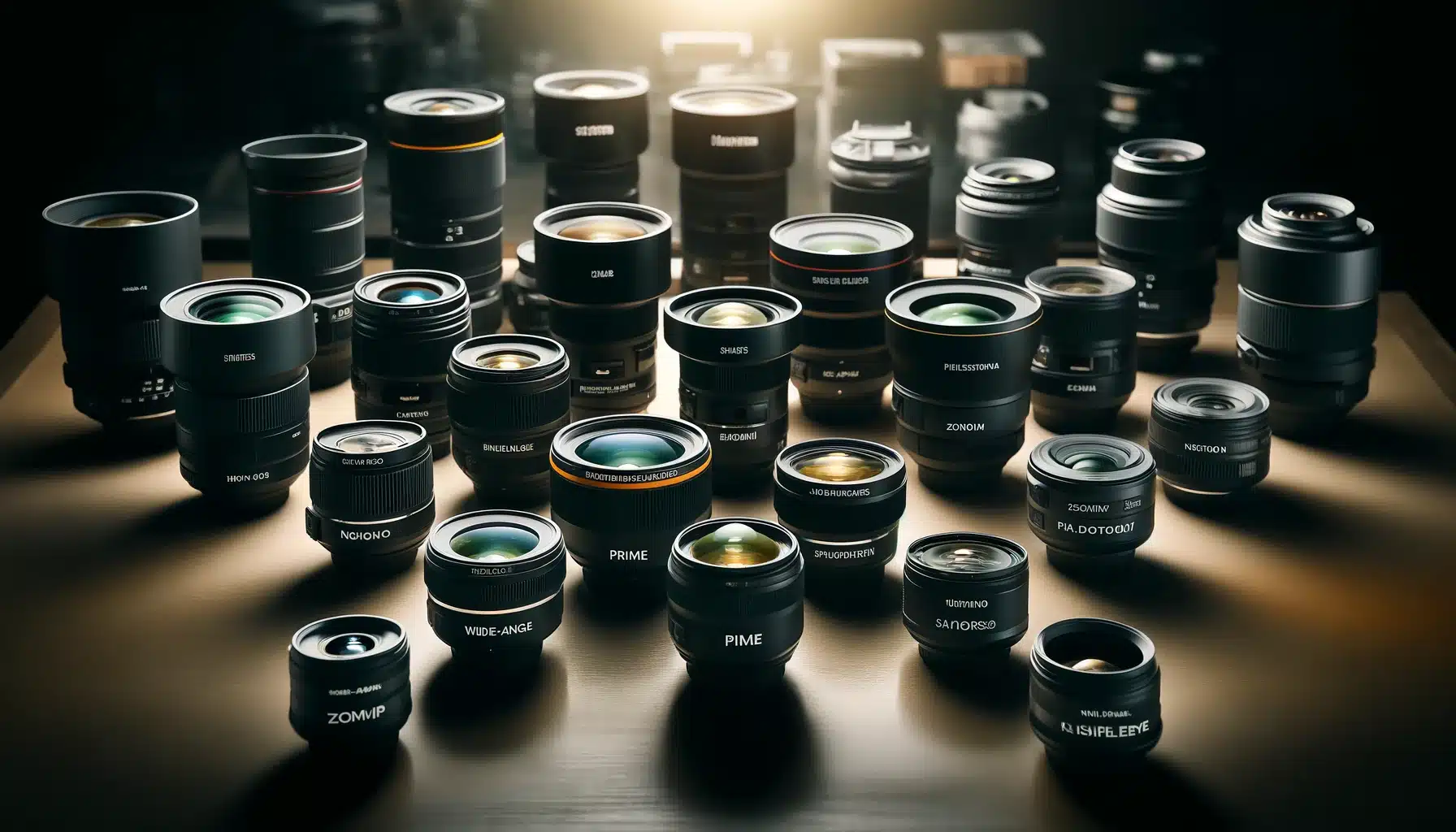
Introduction to Different Types of Lenses
In this blog, we dive into the different types of lenses in cameras and photographic lens types. Let’s explore these camera lens types and decide which camera lens to buy!
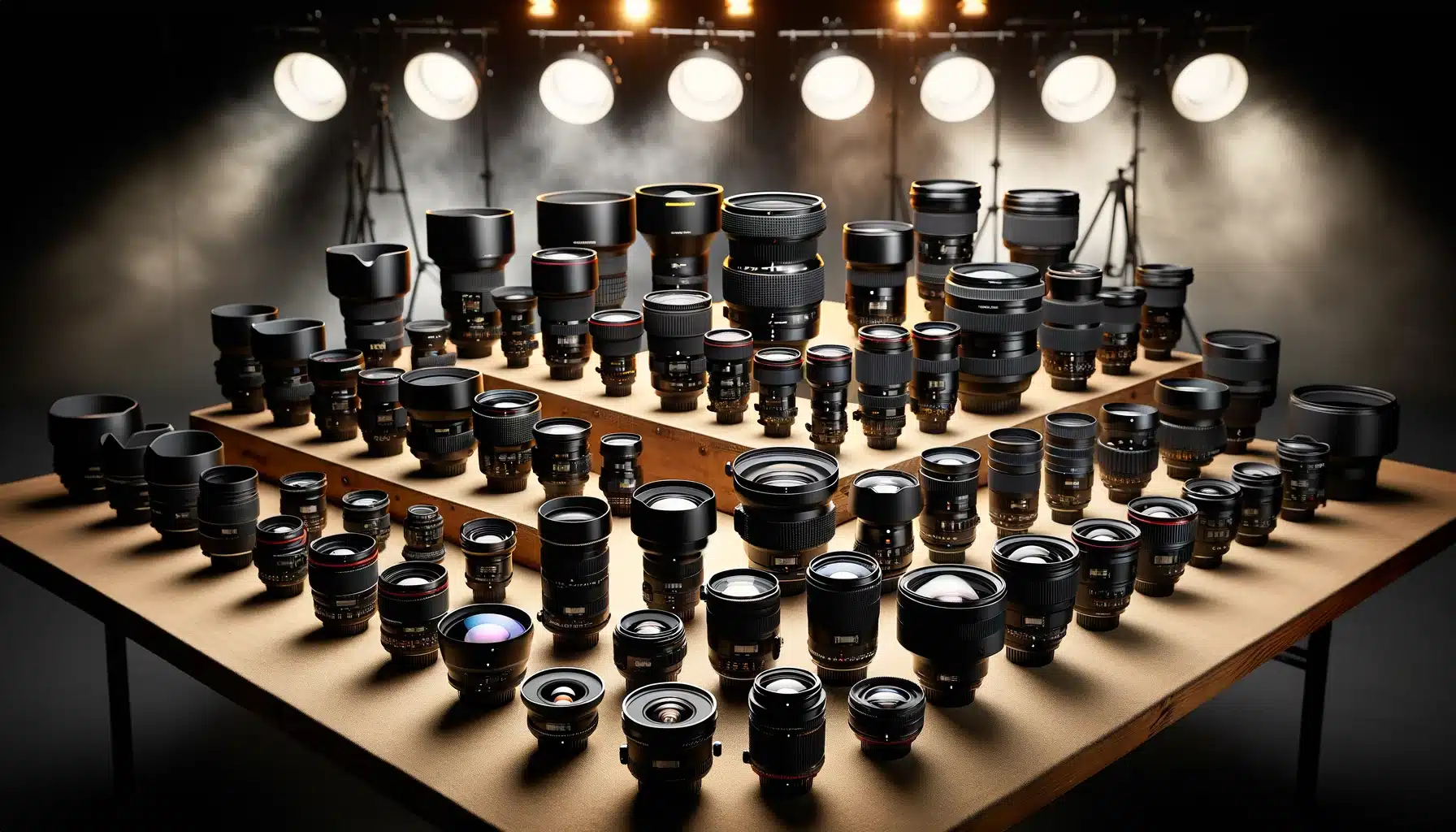
Table of Contents
What Are Camera Lenses and How Do They Work?
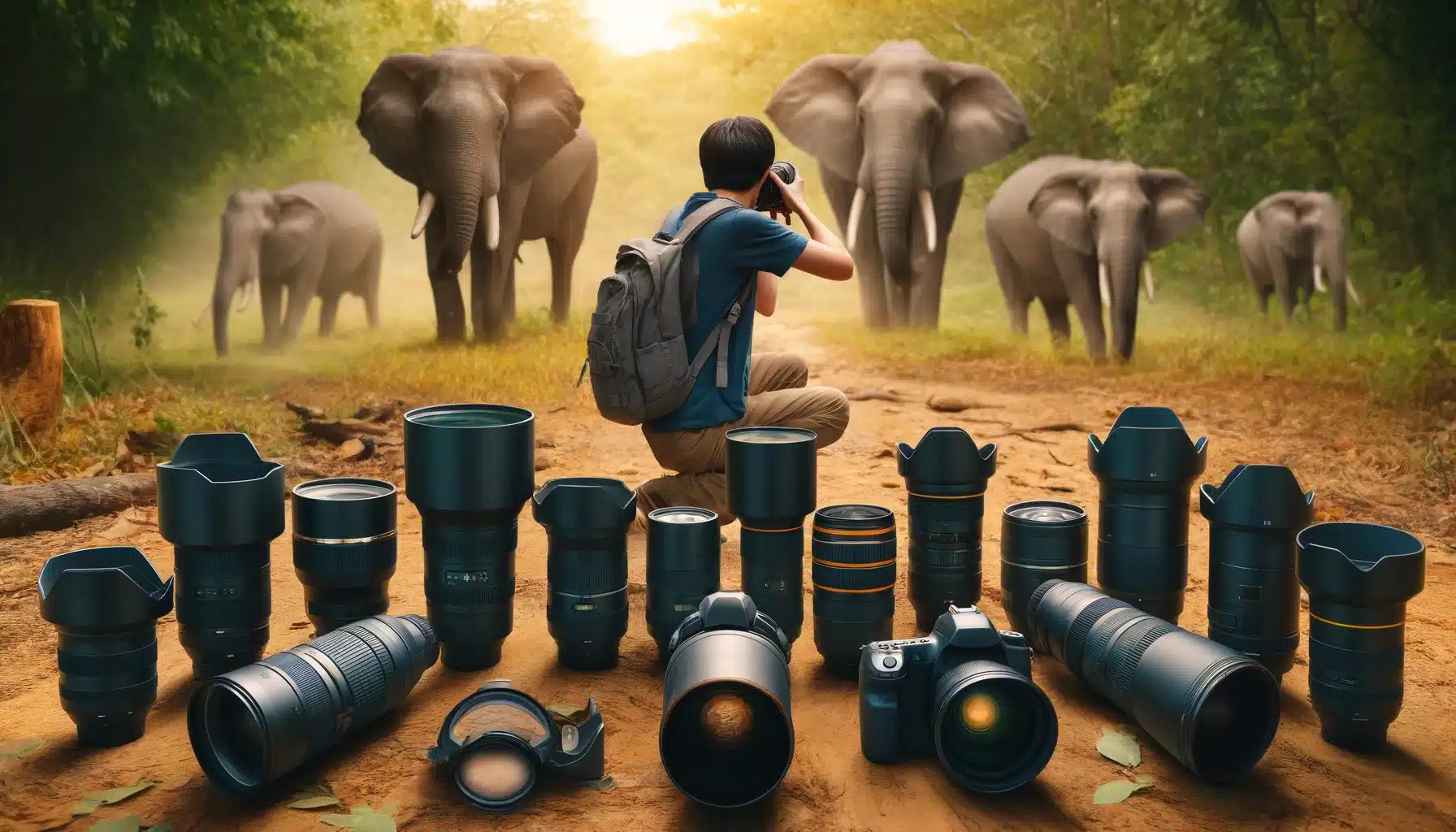
Camera lenses are essential components of a camera system. They capture beam and converge it onto the camera’s image sensor, producing photographs. They function similarly to human eyes (while directing on sensor), adjusting focus on subject and aperture. It is to control the amount of brightness entering the camera.
Pro Tip: Learn how to use selective focus to enhance your skillset even further.
Different types of lenses in cameras gather illumination through their optical elements, including glass or specialized materials like plastic or crystal. These elements bend and refract illumination to form clear images. Different types of lenses, such as specialty lenses, offer varying capabilities and effects, providing users with creative options for their images.
For instance, a wide-angle lens captures a broader point of sight, ideal for landscapes or architectural shots. On the other hand, a telephoto lens magnifies distant subjects, suitable for wildlife photography.
Evolution of Camera Lenses Over Time
The history of photographic lens types goes to the early days of shooting when lenses were simple and fixed, allowing minimal adjustments. Modern photographic lens types designs that incorporate advanced materials, coatings, and autofocus systems, resulting in sharper images, reduced distortions, and faster focusing speeds.
Then comes the lenses that revolutionized photography composition by providing variable focal measurements, allowing to focus in and out without changing lenses. This versatility made zoom lenses a favorite among amateurs and professionals alike.
5 Different Types of Lenses and their Use Cases

Let’s explore updated list of 5 different types of lenses in cameras to buy having multiple advantages and use cases scenarios. Let’s delve into these camera lens varieties and lens type assortment:
1. Prime Lenses | Fixed Focal Length Lenses
These lenses are the camera lens types with fixed focal range. It means they cannot zoom in or out like zoom lenses. They offer a single, specific sight. These lenses are known for their excellent image quality, sharpness, and ability to create beautiful background blur (bokeh) due to their broad apertures.
These photographic lens types are designed to deliver high-resolution images with minimal distortions and aberrations, resulting in sharper and more detailed photographs. Many lenses feature extensive maximum apertures (e.g., f/1.8, f/1.4), allowing for excellent low-light performance and stunning bokeh effects for portraits. This lens is a popular choice among photographers for its versatility and affordability. It will be great for portraits, street shooting, and low-light situations.
2. Zoom Lenses | Variable Focal Length Lenses
These lenses offer variable distances, allowing to adjust the magnification and viewpoint without changing lenses. These camera lens types provide versatility and convenience in capturing various perspectives. These lenses are commonly used in various shooting genres, from portraits and landscapes to sports and wildlife. They offer flexibility in framing and composition.
These lenses cover a range of focal distances (e.g., this Photographic lens range is 24-70mm to 70-200mm), allowing to switch between standard, and telephoto views without swapping lenses and converge image on sensor. This versatile lens is suitable for landscapes, portraits, and general-purpose shooting.
3. Wide-Angle Lenses | Short Focal Length Lenses
These lenses have shorter focal dimensions than standard lenses, allowing them to capture a wider vision. They excel in landscape, architectural, and interior cinematography, showcasing expansive scenes and emphasizing perspective.
These camera lens types are characterized by their ability to include more of the surrounding environment in the frame, making them ideal for capturing immersive and dramatic compositions and is regarded as the perfect landscape photography lens to buy!
These lenses capture vast landscapes, cityscapes, and interiors with a sense of depth and scale, enhancing storytelling in photographs. A favorite among landscape photographers, this lens captures sweeping vistas and dramatic skies, showcasing nature’s grandeur with clarity and detail.
4. Telephoto Lenses | Long Focal Length Lenses
Telephoto lenses have longer range than standard lenses, enabling them to magnify distant subjects and compress perspectives. They are essential for wildlife, sports, and portrait shooting, bringing faraway scenes closer with clarity with a sharp focus on sensor. These photographic lens types excel in capturing details, isolating subjects from backgrounds, and creating pleasing bokeh effects, making them versatile tools for photographers.
These camera lens types magnify distant subjects, allowing to capture wildlife, sports action, and close-ups with precision and detail. A versatile choice for beginners, these lens covers a range of focal distances, from portraits to wildlife photography, offering flexibility and affordability.
5. Macro Lenses | Close-Up Photography Lens
These lenses are designed for zoom cinematography, allowing photographers to capture small subjects with exceptional detail and magnification. They are popular for photographing flowers, insects, textures, and intricate details.
These Macro photographic lens have a narrow focusing distance and reproduce subjects at a 1:1 ratio or greater, revealing intricate textures, patterns, and colors not visible to the naked eye.
This photographic lens type is suitable for capturing detailed views of flowers, insects, and small objects with exceptional clarity and sharpness.
How to Choose the Right Camera Lenses?
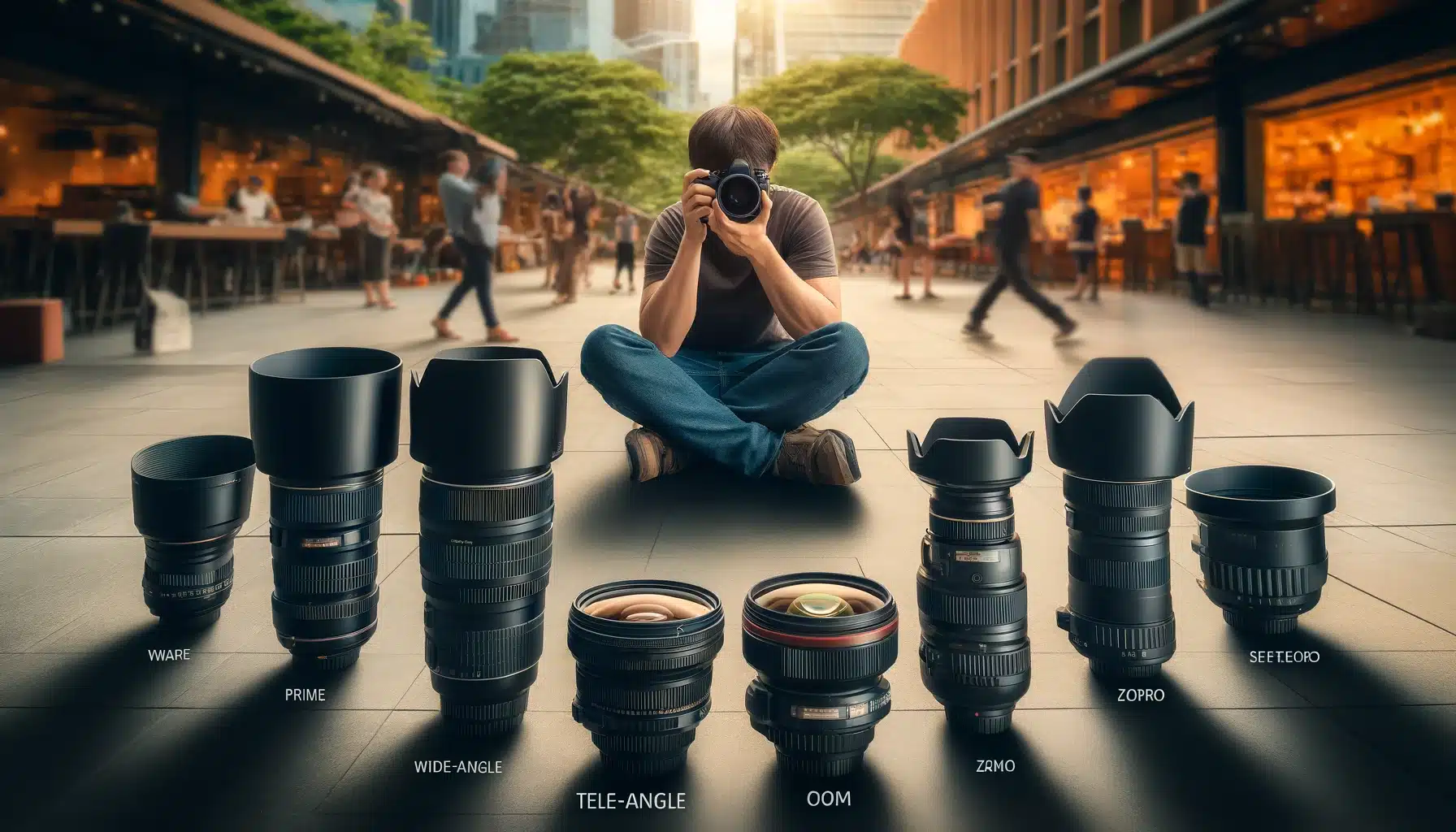
Selecting the different types of lenses in cameras involves considering several factors tailored to your specific camera work style and preferences.
- Type: Determine the primary type of picture making you engage in, such as portraits, landscapes, wildlife shooting. A number of lenses excel in various genres, ensuring optimal results.
- Budget Constraints: Assess your budgetary limits and prioritize lenses based on affordability and desired features. Prime lenses often offer excellent image quality at lower costs, while zoom lenses provide versatility but may be more expensive. You can also purchase the secondhand lenses from the market owing to the availability.
- Camera Compatibility: Ensure compatibility between your camera body and the selected lens. Check for mounts, autofocus subject capabilities, and electronic connections to ensure seamless integration and functionality.
- Lens Specifications: Review essential specifications like focal length, aperture range, image stabilization, and lens construction. These specifications dictate the lens's performance in various shooting scenarios and lighting conditions.
By understanding different types of lenses in cameras and aligning your lens choices with your shooting goals, you can enhance your creative expression and capture captivating images across diverse genres.
Comparison of Different Camera lens varieties
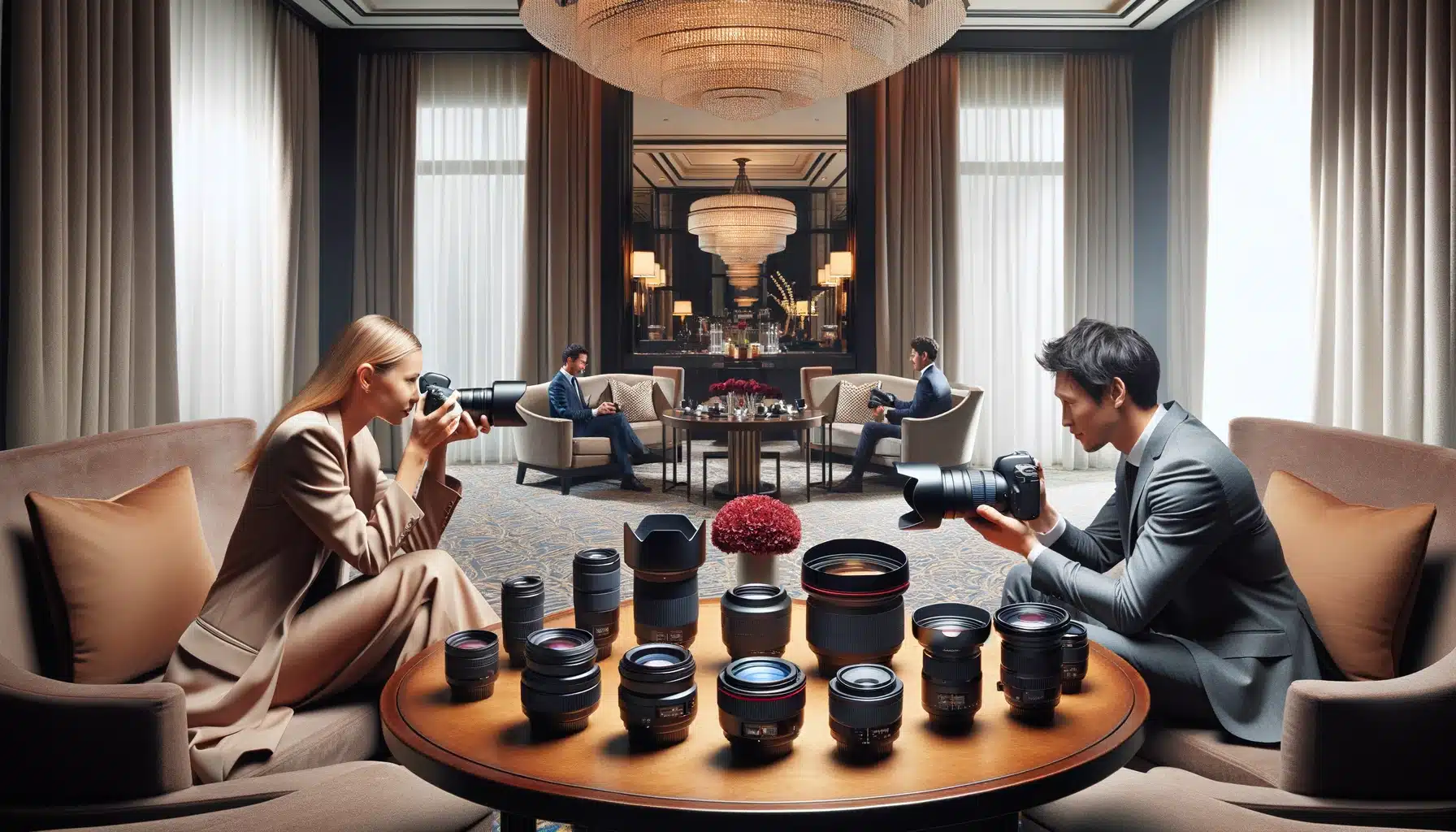
Here’s a comparison table for the different types of camera lenses:
| Aspect | Prime Lenses | Zoom Lenses | Wide-Angle Lenses | Telephoto Lenses | Macro Lenses |
|---|---|---|---|---|---|
| Focal Length Range | Fixed range (e.g., 50mm, 85mm) | Variable range (e.g., 24-70mm) | Mid-Range (e.g., 16-35mm) | Long range (e.g., 70-200mm) | Short range (e.g., 60mm, 100mm) |
| Aperture | Apertures (e.g., f/1.8, f/1.4) | Variable apertures (e.g., f/2.8-f/5.6) | Moderate apertures (e.g., f/2.8-f/4) | Moderate to broad apertures (e.g., f/2.8) | Moderate apertures (e.g., f/2.8-f/4) |
| Image Quality | Excellent sharpness and clarity | Good to excellent sharpness | Good to excellent sharpness | Good to excellent sharpness | Excellent sharpness and detail |
| Bokeh Effect | Excellent for creating bokeh | Bokeh depends on aperture setting | Can create bokeh but less pronounced | Bokeh depends on aperture setting | Excellent for bokeh effects |
| Versatility | Limited to fixed range | Versatile with variable range | Versatile with broad perspectives | Versatile with long reach | Versatile for zoom shots |
| Portability | Generally compact and lightweight | Moderate size and weight | Moderate size and weight | Larger size and weight | Compact and lightweight |
| Cost | Generally, more affordable | Moderate to high price range | Moderate to high price range | Moderate to high price range | Moderate price range |
Use Cases of Different Types of Lenses

Delve into different types of photography needs to align lens choices with intended shooting situations and desired outcomes. Here’re use cases of different camera lens types:
- Portrait: For capturing stunning portraits with blurred backgrounds (bokeh), opt for prime lenses with wide apertures like f/1.8 or f/2.8. These camera lens types create a pleasing separation between subjects and backgrounds, emphasizing facial features and expressions.
- Landscape: Lenses with focal measurements around 16mm to 35mm are ideal for expansive landscape views. They capture vast scenes with sharp details from foreground to background, enhancing the sense of depth and scale in your photographs.
- Wildlife and Sports: Lenses with long range (e.g., 200mm to 600mm) excel in capturing distant subjects with precision and clarity. Their optical zoom capabilities bring faraway scenes closer, making them essential for wildlife, sports, and action shooting.
- Macro: Explore the intricate world of small subjects with dedicated lenses. These lenses offer focusing subject capabilities, allowing you to capture fine details like flower petals, insects, or textures with exceptional clarity and magnification.
- Artistic and Creative: Experiment with fisheye lenses for unique distorted perspectives, panoramic views, or creative effects. These fisheye lenses offer unconventional visual styles, ideal for expressing artistic visions and adding a dynamic flair to your photographs.
| Aspect | Prime Lenses | Zoom Lenses | Wide-Angle Lenses | Telephoto Lenses | Macro Lenses |
|---|---|---|---|---|---|
| Uses | Portraits, low-light, artistic shots | Versatile for various genres | Landscapes, architecture, interiors | Wildlife, sports, distant subjects | Close-up details |
The Role of Different types of Lenses in Photography and Videography
Lenses are the eyes of a camera, capturing daylight and shaping the image. They determine the field of view, depth, and overall composition of the photograph or video. Selecting from a range of right camera lens types can transform an image from ordinary to extraordinary. Additionally, learning tips and tricks such as how to clean camera lens can further enhance the quality.
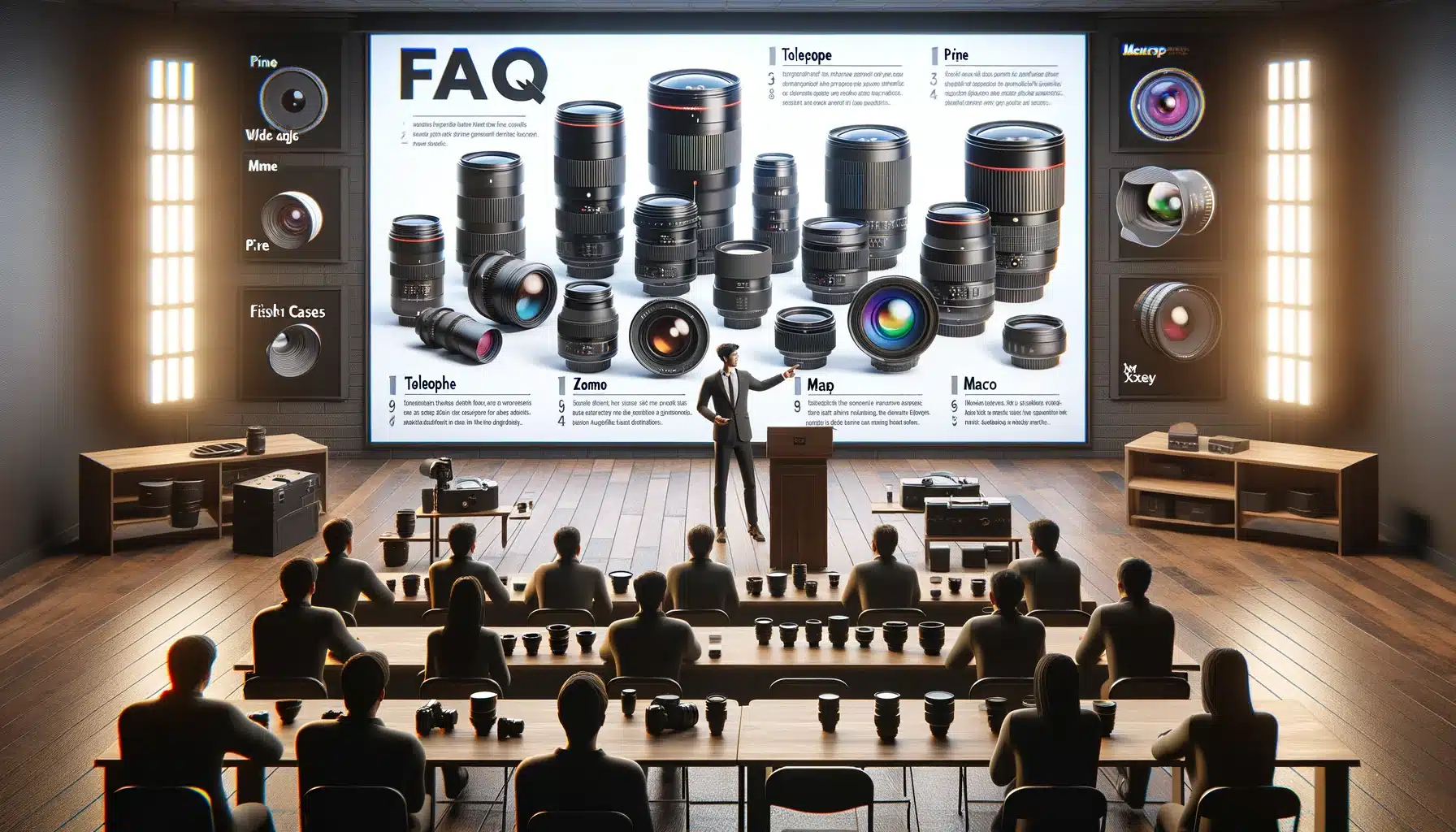
Frequently Asked Questions for Camera Lens Varieties
Here are the answers to the frequently asked questions about different types of lenses:
Which photographic lens range is best for photography?
The best lens depends on your needs. Prime lenses excel in image quality and wide apertures. Zoom lenses offer versatility. A telephoto lens magnifies distant subjects, while a zoom lens varies focal distances without changing lenses. These lenses are subsets of zoom lenses used in wildlife, sports, and portrait cinematography. Some of the popular brands for camera lens are Canon and Nikon.
Where are prime lenses used?
These lenses are used for portraits, low-light conditions, street cinematography, and artistic shots requiring fine details and shallow depth of field. They are popular among professionals and enthusiasts for their exceptional image quality.
What are convex and concave contact lenses used in glasses?
Convex lenses converge brightness, producing real images. They are contacts used in vision glasses and camera for photography. Concave lenses are from optical lens categories diverge light and correct vision but are not used in shooting.
Conclusion
In exploring the world of cinematography and optics, understanding the different photographic lens types has greatly enriched my ability to capture life’s moments precisely as I envision them. For example, using a wide-angle lens, I once captured the vast expanse of the Grand Canyon, bringing out the immense scale and beauty that no standard lens could match. This experience taught me the power of choosing the right lens from a wide spectrum of lenses.
For those keen to delve deeper into the art of shooting and master the use of different types of lenses in cameras, I highly recommend exploring our comprehensive Adobe Photoshop and Lightroom courses. These tutorials will not only enhance your editing skills but also provide in-depth knowledge and hands-on experience with various lenses and their impacts on camerawork.
● Discover the magic of editing in our Photoshop Course
● Unleash the power of photo management and editing in our Lightroom Course
Embrace the journey of exploration of different types of lenses in cameras, and let the right lens led you to create compelling, story-telling imagery.
Have a nice photoshoot!
- Camera Lens assortment
- Lens Focal Range
- Optical Lens Variety
- Photography Lenses
- Vision Correction Lenses
Course
Light Effect Photoshop
Lightroom Course 2025
Adobe Photoshop Course 2025
Photo Editing Course


Download Your Free Guide Now!
Discover the secrets of photography with our printable guide! Master essential techniques like aperture, shutter speed, and ISO to create stunning images. Get your free printable PDF now and start turning your snapshots into masterpieces!

